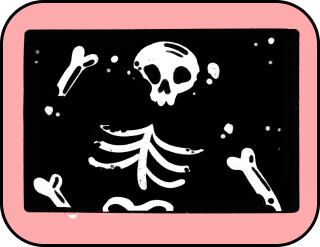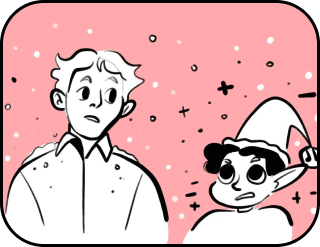Secret of a song
A great mystery and a great story hide behind every ingenious invention, as well as behind every grandiose track.
Did the inventor, losing the meaning of life because of one unfortunate failure, know that his invention would survive several centuries and be loved by people? Did the composer know at the time of writing the same code that their music would pulsate with the mood in everyone and inspire people to take action?
The editors of The Global Technology magazine love solving mysteries and love to immerse their readers in them. This time, in an attempt to find musical truth, the editors of the magazine tried to unravel the mystery of a song.
The secret of a track with the participation of Gioconda
Once, in the 50s of the last century, an unknown jazz musician Nat King Cole captivated the public with his inspired piano playing and desperately dreamed of conquering the whole world with his song talent. But the hit would not be born, and the pianist’s skillful fingers began to play melodies that were already written by someone.
Nat King would have remained a virtuoso pianist if a woman had not intervened in the process. And that woman turned out to be Mona Lisa herself. The fact is that a reproduction of the famous painting adorned the wall of the recording studio, regularly visited by the musician, and it seemed to Cole as if Mona Lisa was closely observing the creative struggles of the future singer.
One day Nat King decided to ask her a question, ‘Do you smile to tempt a lover, Mona Lisa? Or is this your way to hide a broken heart?’
Thus there was born a slow piano ballad about the love and beauty of the most mysterious woman on the planet. The song “Mona Lisa”, released in the summer of 1950, sold three million copies and was a long-time #1 song on the charts.
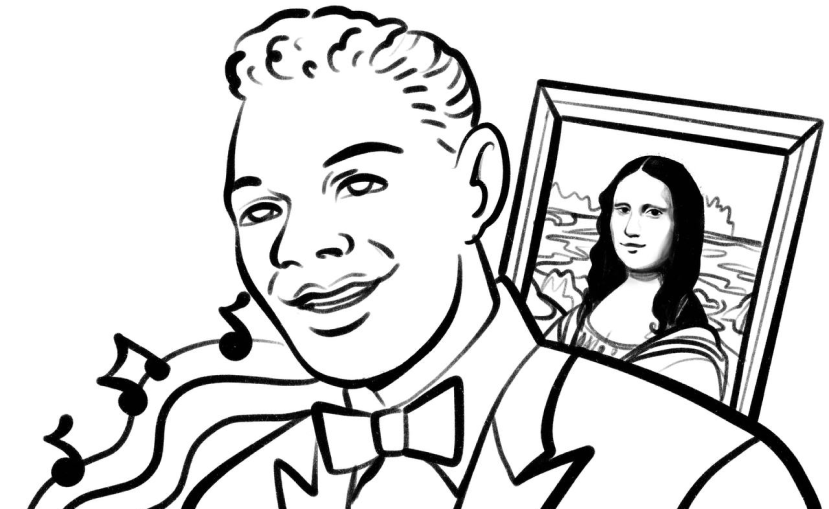
The secret of a track with the participation of Andy Warhol
When the main eccentric of the music world, David Bowie, was looking at glossy publications in search of inspiration, he noticed the latest issue of the magazine with a poster drawn by Andy Warhol on the cover. Bright colors, an exaggerated vision of simple things, deliberate pop art captivated the musician so much that he decided at all costs to make a dedication to the artist in one of his best albums “Hunky Dory”.
The song written by David Bowie was called Andy Warhol. As the musician later admitted, his song did not make any impression on Andy Warhol, but it still turned out to be happy:
it was immediately appreciated by fans of Andy Warhol’s work. Therefore, the musician’s large army of fans was replenished with fans of the artist.
So, let’s pay tribute to the two geniuses of shocking and remember the imperishable:
‘Andy Warhol looks a scream, hang him on my wall. Andy Warhol silver screen, can’t tell them apart at all.’
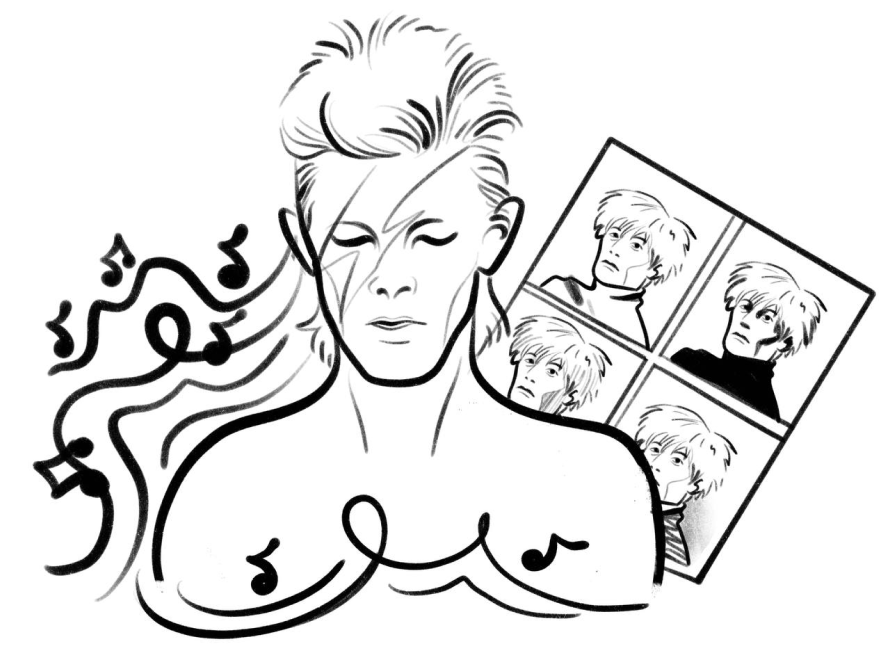
The secret of a track with the participation of Pablo Picasso
One day, the famous musician Paul McCartney made a bet with his friend, the famous actor Dusty Hoffman, that he could easily write a song about anything. Before the friends could shake hands, Hoffman pulled out a Time magazine, pointed to the article and said, ‘I bet you can’t?’
The article said: ‘Drink to me, drink to my health. You know I can’t drink anymore’, that was the last quote of Pablo Picasso. McCartney won the bet and later recorded the song “Picasso’s Last Words (Drink to Me)”, which became a worldwide classic and a wonderful tribute to the great man.
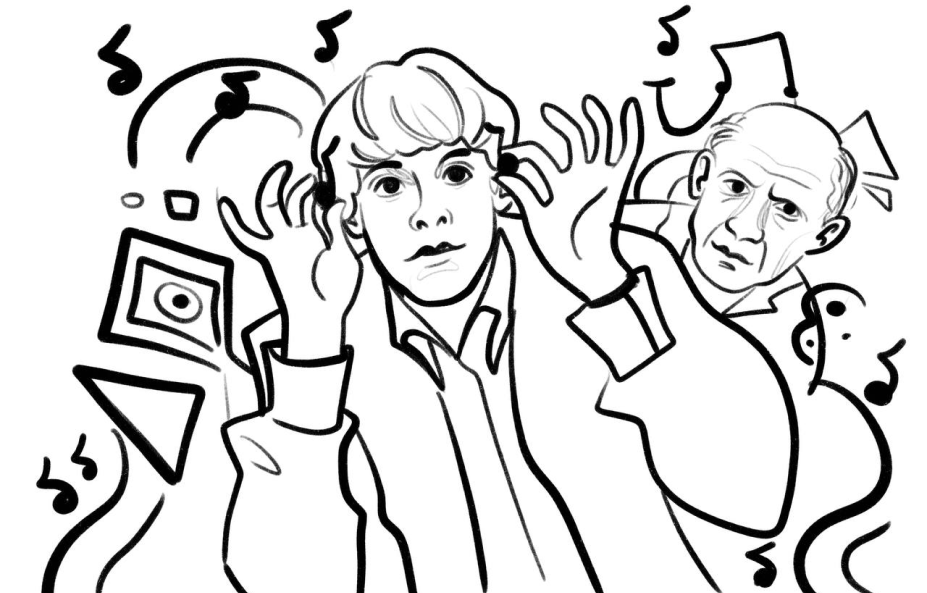
The secret of a track with the participation of a computer man
Tell us the truth, who among you has not at least once in your life tapped your foot to the rhythm of the song “Pac-Man” by Gorillaz?
‘I’m a mad Pac-Man, livin’ in a leveled world,
Yo, I’ve been at the top of the top,
Fell from the ceiling before I fail.’
It seems clear that Damon Albarn, at the time of writing this track, was inspired by an arcade game in which you had to eat all the dots on the screen while controlling the funny character Pac-Man, and at the same time you had to deftly dodge ghosts.
But few people know the main secret – the character of the famous game reminded the musician of a lost and complex little man. ‘Ayy, can’t dream if my ego is broke.’
Perhaps the musician wanted to help each Pac-Man find a way out of their forced labyrinth in order to escape from the tormenting manipulators who stuck them in a digital box.
The editors of The Global Technology magazine suggest listening to this track once again to evaluate how well the musician managed to convey his message through the music.
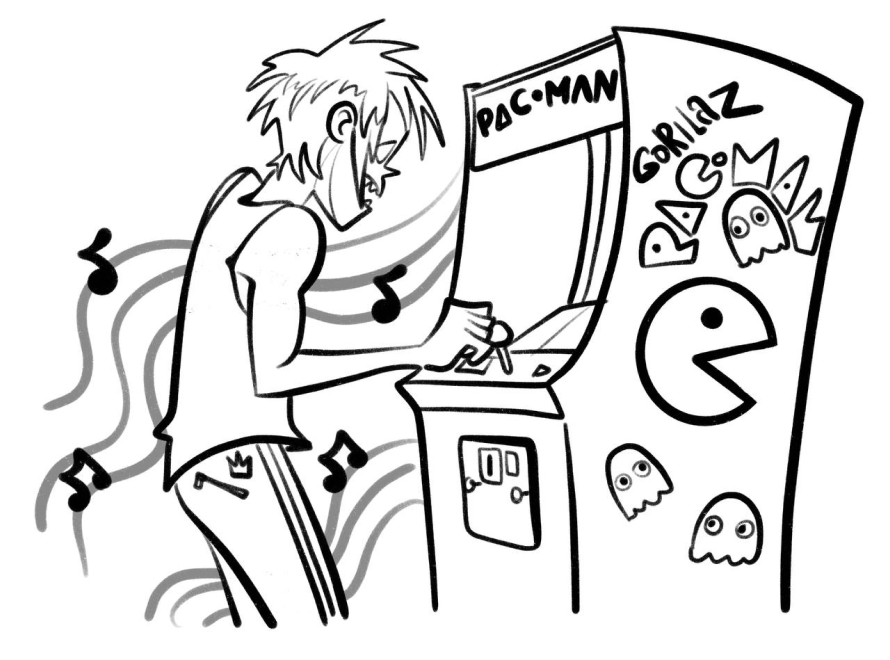
The secret of the track in your head
We are ready to bet that each of you, at least once in your life, tried to imitate the wonderful vocals of Dolores O’Riordan, the lead singer of The Cranberries. Remember the famous: ‘In your head…..In your head’? And how many teenagers were inspired by the song “Zombie” to start learning to play the guitar! We are ready to bet that few people know the secret of how the song in the chorus of which these words sounded was written.
The idea for the song came to vocalist Dolores O’Riordan after she saw news reports of bomb explosions planted by Irish Republican Army militants in the English city of Warrington. Two children, two boys, were killed in this terrorist attack when they went out into the street to buy cards for Mother’s Day at that ill-fated moment. The deaths of innocent teenagers and the image of the grief-stricken mother of one of the boys seen on the news shocked Dolores so much that while on tour in England, she began writing a song right on the bus.
She put all her anger and despair into this piece of music, because, being Irish by birth, she did not want the IRA militants to carry out their bloody terrorist attacks on behalf of the Irish, including her.
Although the song was released back in 1994, it is still recognizable, and even now someone will pick up in a drawling tone: ‘In your head…..In your head.’

The secret of the track of Leaving Omelas
As soon as BTS released the song “Spring Day,” every teenager froze in front of the TV screen, watching how Jungkook, one of the group’s frontmen, sat on the snow-covered rails waiting for the train. Fans of the K-pop genre and even music critics were amazed to note how interesting the dramaturgy of the video for this song was structured: the scenes with Jungkook’s participation are subdued, the scenes with the rest of the group are bright and exaggeratedly neon.
But few people have ever thought about the fact that the song “Spring day” is a reading of Ursula Kroeber Le Guin’s parable “Leaving Omelas.” According to the plot of the parable, all the residents of the town of Omelas are unconditionally happy, not noticing that on the very outskirts, in an empty house, lives a lonely child, who in some incomprehensible way ensures the happiness and well-being of every resident of the city. Not a single resident of the town dares to change the life of a child eking out a miserable existence, or even just to approach him with a kind word of consolation – otherwise, the happiness for the entire town will end. All residents of Omelas know the truth, but are so afraid of losing their well-being that they prefer not to notice that an innocent child is paying for their happiness every day.
But once a decade there are those in the city who do not agree to pay for their happiness with the tears of others. These people decide to leave the city, having absolutely no idea where to go. Such people are beautifully called the ones “Leaving Omelas”.

The secret of the track featuring the Master and Margarita
In the 60s of the last century, The Rolling Stones went on a big tour across the country. What desperate young musicians didn’t do on stage back then. The obligatory tour program included the track: “Sympathy for the Devil,” to which Mick Jagger threw out his arms and sang: ‘I’ve been around for a long, long year. Stole many a man’s soul and faith’, and a crowd of the same dashing fans as Mick himself shouted back to him: ‘Pleased to meet you!’
It’s surprising, but the musicians were inspired by the novel “The Master and Margarita” to write the track “Sympathy for the Devil,” one of the legendary tracks by The Rolling Stones. Mick Jagger himself willingly shared that he admired how Bulgakov skillfully conveyed the essence of Woland, combining in him the traits of madness and virtue, ruthlessness and justice.
You need to read the novel to guess what meaning the musician put into these lines: ‘I watched with glee, while your kings and queens fought for ten decades for the gods they made’. To look at Voland through the eyes of Mick Jagger, just turn on the track “Sympathy for the Devil”.

The secret of the track with the participation of passion
An extended and thunderous drum solo, Kurt Cobain lifts his finger from the top fret and bursts into thundering drums, generously seasoning his playing with raspy vocals: ‘Go away – get away, get a-way.’ This is how the song “Scentless apprentice” always began during Nirvana performances.
The audience is watching with animalistic awe as their idol is no longer restraining himself. Every spectator is dreaming of getting closer to the soloist, literally tearing a piece from his flesh in order to share the unique state of nirvana. Just a little more and the fence that separates the musician from the crowd of admirers will break down.
It is noteworthy that this is exactly how the novel “Perfume” by Patrick Süskind ended. Few people know, but this novel was Kurt Cobain’s favorite book. ‘It’s like something motionless in my pocket,’ the musician admitted.
What gives a person passion? Going beyond traditional thinking and values that are created by society to curb feelings. We see the same thing in “Perfume”, in which creativity is added to passion. We feel the same way when listening to Nirvana tracks.

The secret of a track with the participation of Frodo
“When magic filled the air
‘T was in the darkest depths of Mordor
I met a girl so fair
But Gollum, and the evil one
Crept up and slipped away with her”
Yes, yes, you heard it right, Mordor. These are the words from the famous track “Ramble On” by Led Zeppelin. The musicians were inspired to write the track by the wanderings of a young hobbit, and this is not a secret at all. The secret is that, for an unknown reason, the musicians moved away from the usual interpretation of the work, even away from the purpose of the work “The Lord of the Rings,” which raises important ethical questions, including the question of the admissibility of violence in the fight against evil.
In the track “Ramble On”, young Frodo goes on a dangerous journey to find his girlfriend: “I gotta keep-a-searchin’ for my baby. My, my, my, my, my, my, my baby”.
By the way, Led Zeppelin once again turned to their favorite novel to record the wonderful “The Battle of Evermore”. In this composition, Frodo, already matured and disillusioned with love, looks wearily at the sunrise, but continues on his way to restore balance to the human world.
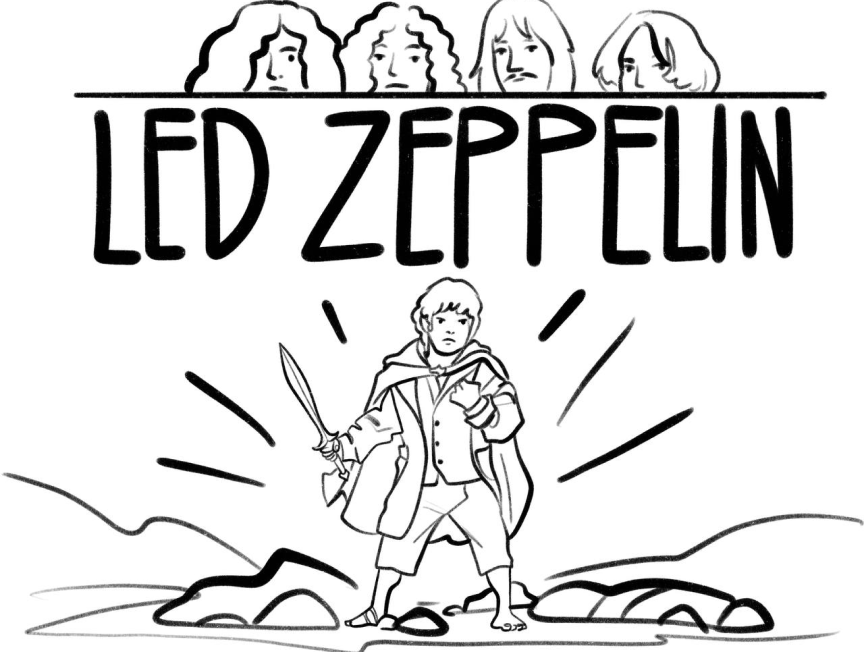
We illuminate scientific horizons with an intensity that rivals a laser.
Thank you!


